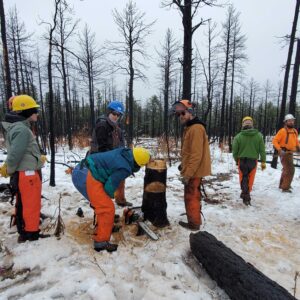
Monitoring crew prepped for field season
NMFWRI’s field monitoring crew has to be ready for every kind of situation when they are on in the remote backcountry gathering the detailed data

NMFWRI’s field monitoring crew has to be ready for every kind of situation when they are on in the remote backcountry gathering the detailed data
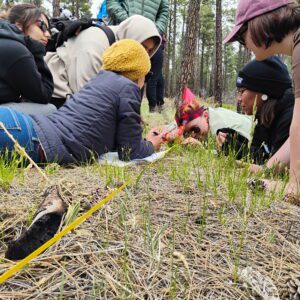
In the third and final year of USDA’s Natural Resources Field Skills and Leadership Development, CSC teamed up with up NMFWRI’s monitoring team, Albuquerque Wildlife
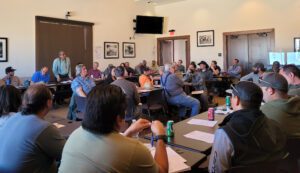
By Alan BartonNMFWRI Director Twenty years ago, when Congress created the New Mexico Forest and Watershed Restoration Institute (NMFWRI), collaboration was still a relatively new
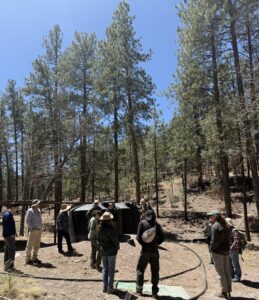
In May, the NMFWRI Collaboration team organized a forest health field tour in partnership with the Magdalena Collaborative and the Cibola National Forest. The event
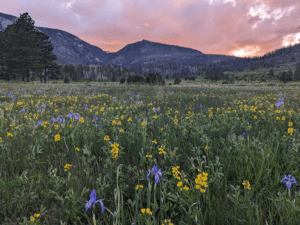
The Upland Field manual below focuses on monitoring methods and protocols used primarily in upland forests. The Upland Field manual listed below is meant as
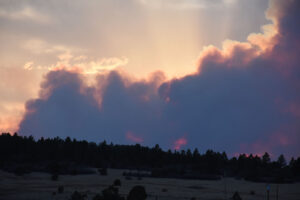
For the past three years, the month of April has distinct meaning to the staff at the NM Forest & Watershed Restoration Institute and to the communities in northeastern New Mexico.
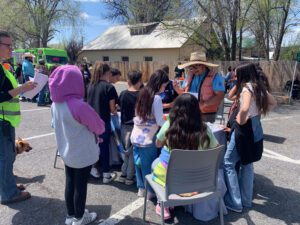
As part of Earth Week at New Mexico Highlands University, the NMHU Forestry Students and families enjoyed a hands-on Earth Day event celebrating Seed to Tree, Mountain to River at New Mexico Highlands University on April 25, 2025.
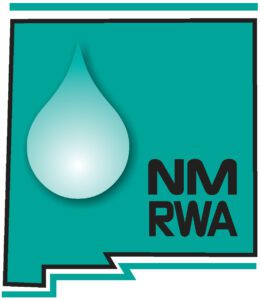
NMFWRI’s civic and community action research associate Michael Roberts and the NMFWRI GIS program partnered with Martha Graham of the New Mexico Rural Water Association to organize a series of peer-learning sessions and workshop for the 47th annual New Mexico Rural Water Association Conference in mid-April.